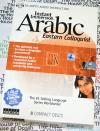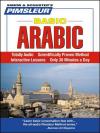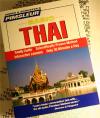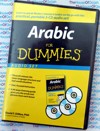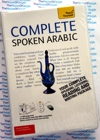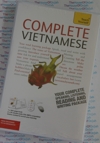Pimsleur Egyptian Arabic - Discount -5 Audio CD - Learn to Speak Egyptian Arabic
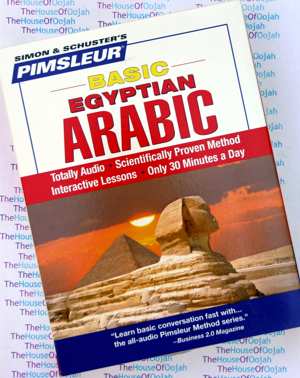
Pimsleur Egyptian Arabic5 Audio CDs totally audioGet Other Arabic language learning Audio click here |
 |
Pimsleur Egyptian Arabic - 5 Audio CDsBrand New : 5 Audio CDs This Basic program contains 5 hours of audio-only, effective language learning with real-life spoken practice sessions. About the Arabic LanguageArabic is the largest living member of the Semitic language family in terms of speakers. Classified as Central Semitic, it is closely related to Hebrew and Aramaic, and has its roots in a Proto-Semitic common ancestor. Modern Arabic is classified as a macrolanguage with 27 sub-languages in ISO 639-3. These varieties are spoken throughout the Arab world, and Standard Arabic is widely studied and known throughout the Islamic world. Modern Standard Arabic derives from Classical Arabic, the only surviving member of the Old North Arabian dialect group, attested epigraphically since the 6th century, which has been a literary language and the liturgical language of Islam since the 7th century. Arabic has lent many words to other languages of the Islamic world, as Latin has contributed to most European languages. And in turn, it has also borrowed from those languages, as well as Persian and Sanskrit from early contacts with their affiliated regions. During the Middle Ages, Arabic was a major vehicle of culture, especially in science, mathematics and philosophy, with the result that many European languages have also borrowed numerous words from it especially Spanish and Portuguese, countries it ruled for 700 years (see Al-Andalus). "Colloquial Arabic" is a collective term for the spoken varieties of Arabic used throughout the Arab world, which, as mentioned, differ radically from the literary language. The main dialectal division is between the North African dialects and those of the Middle East, followed by that between sedentary dialects and the much more conservative Bedouin dialects. Speakers of some of these dialects are unable to converse with speakers of another dialect of Arabic; in particular, while Middle Easterners can generally understand one another, they often have trouble understanding North Africans (although the converse is not true, due to the popularity of Middle Eastern—especially Egyptian—films and other media). One factor in the differentiation of the dialects is influence from the languages previously spoken in the areas, which have typically provided a significant number of new words, and have sometimes also influenced pronunciation or word order; however, a much more significant factor for most dialects is, as among Romance languages, retention (or change of meaning) of different classical forms. Thus Iraqi aku, Levantine fīh, and North African kayən all mean "there is", and all come from classical Arabic forms (yakūn, fīhi, kā'in respectively), but now sound very different. |
Pimsleur Egyptian Arabic - 5 Audio CDs |
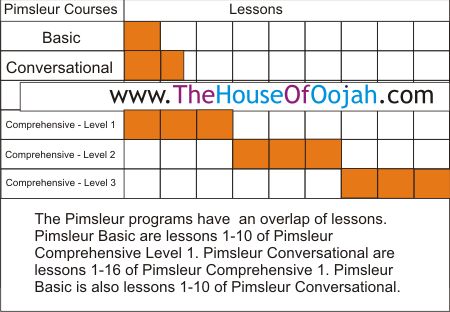

 0 Items (Empty)
0 Items (Empty)


